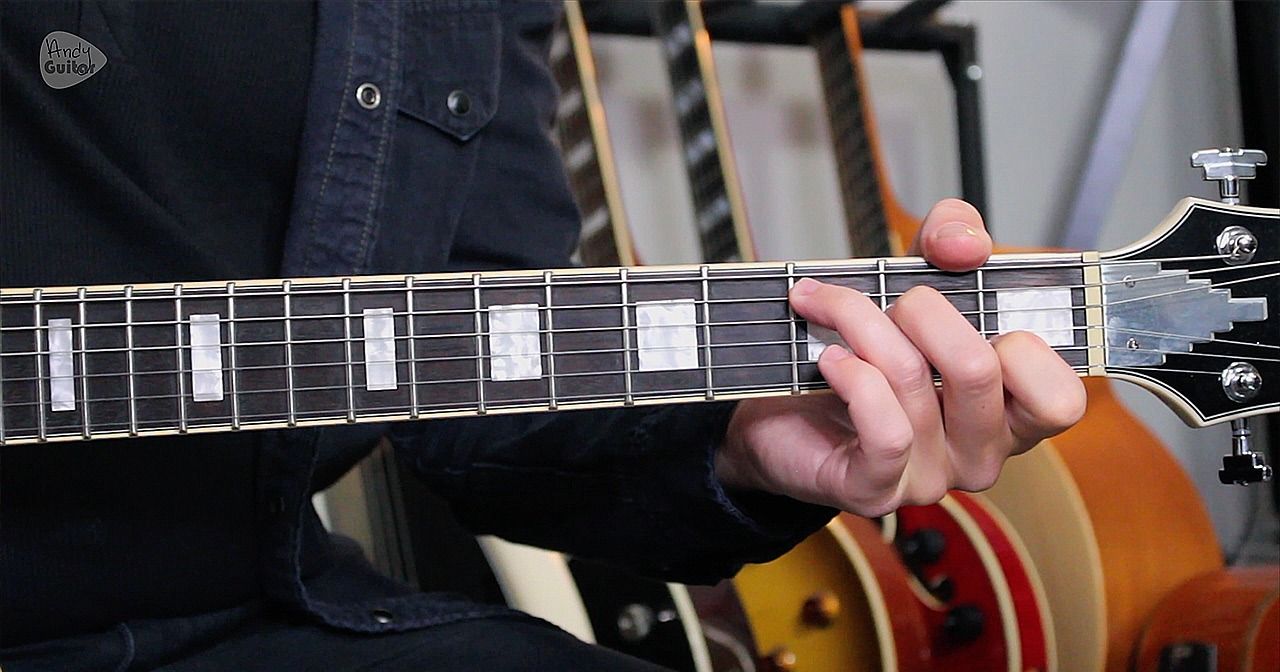In this video
We begin our study by looking at the most fundamental intervals and the most easy to identify by the sound alone.
In this lesson, we're looking at the root, octave, 4th and 5th intervals on the neck, plus how to recognise them by ear!
Song references for interval training
When recognising intervals, it really helps to have specific melodic elements in mind, which can be easily remembered through songs!
Unison - One Note Samba (also, it's just the same note!)
Octave - My Sharona riff, Immigrant Song riff, Singing In The Rain "I'm - sing.."
4th - Amazing Grace "A - maze..."
5th - Star Wars theme, Twinkle Twinkle
Key learning point - Cadences (3:09 in video above)
This is an important concept to know of before trying to memorise the 4th and 5th intervals. A cadence is how a chord progression resolves. The most important cadences to be able to identify by ear are;
Perfect Cadence - 5 chord resolves to the 1 chord i.e. I - V - I (diatonic chord theory)
Imperfect Cadence - 1 to 5 chord progression, left unresolved i.e. I - V
Plagal Cadence - 4 to 1 chord progression i.e. I - IV - I
This is a concept called diatonic chord theory aka chords in a key. This was covered extensively in this module from my Intermediate Course. Check out those links if you need more help.
Want more of a challenge?
Feeling confident with these intervals and want more of a challenge?
Try looking at the intervals used in a riff, song or solo you already know, then transpose it to another key!
Pro guitarists learn everything they learn in every key all over the neck - that is one of the extra steps taken by the best in the business and it's something you should try when you're ready!

